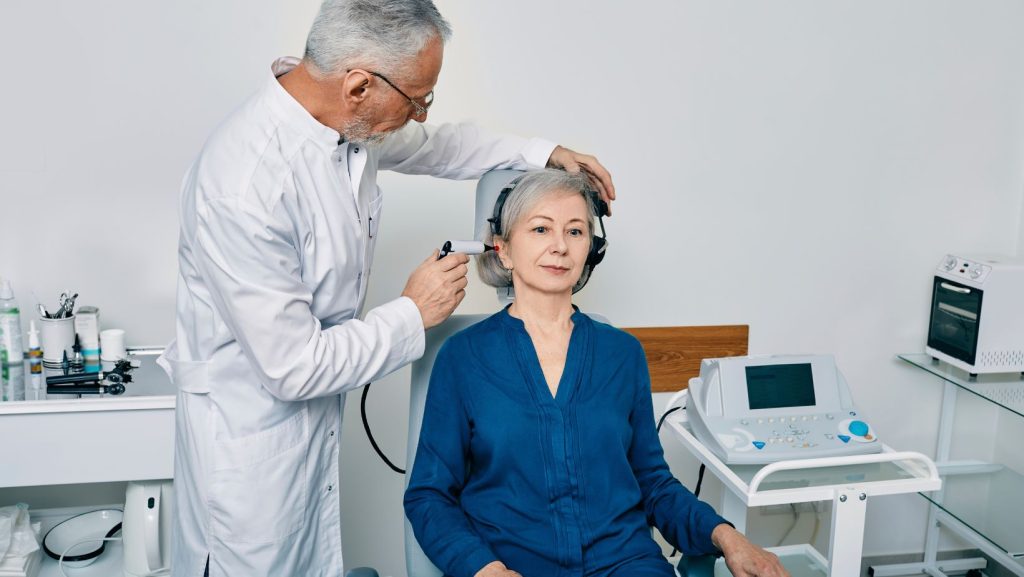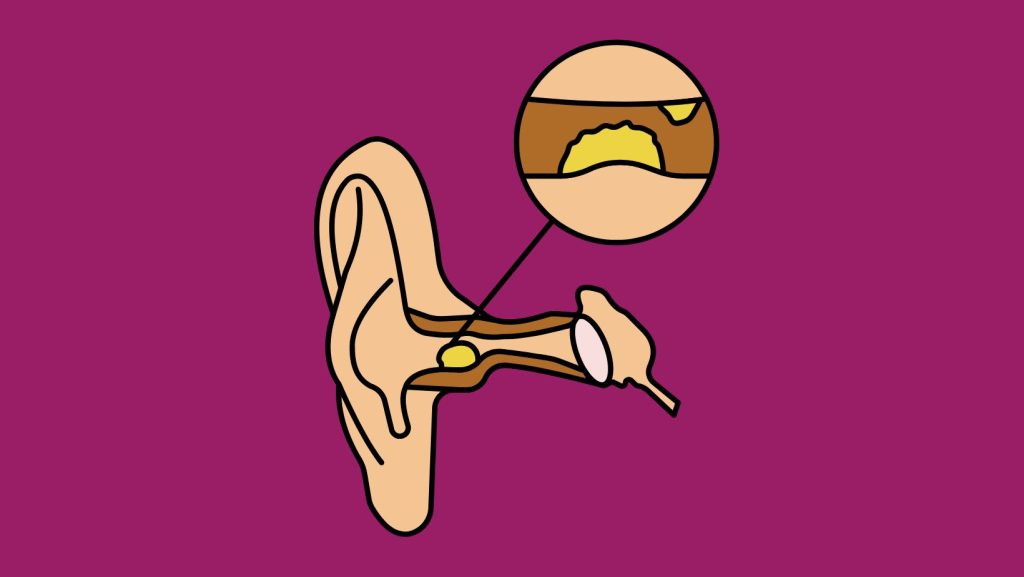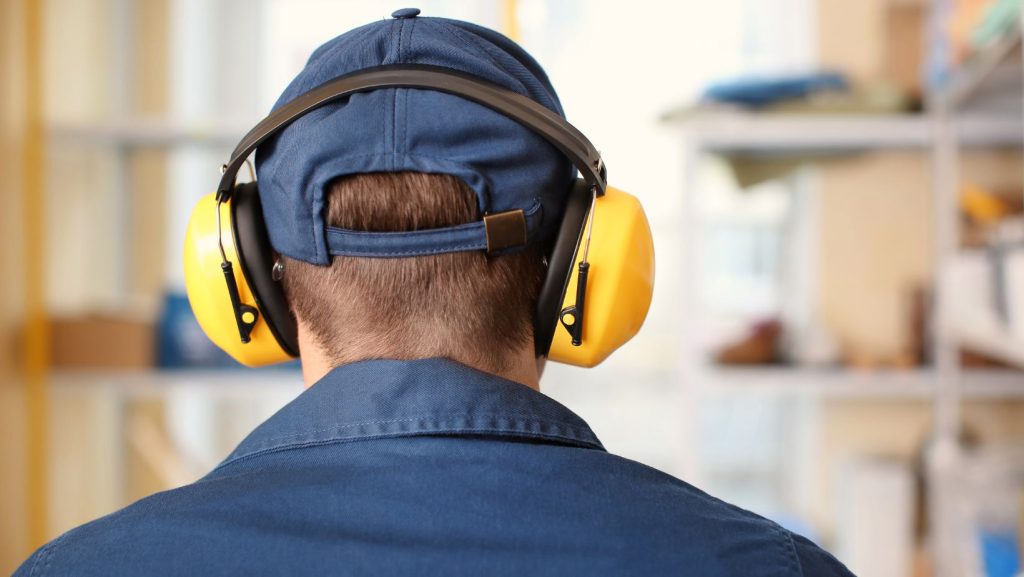
How Hearing Loss Affects Everyday Life
Hearing loss is more common than many realize, affecting millions of people across all age groups. While it might seem like a simple matter of volume, the effects of hearing difficulties go far beyond just missing words. They can influence work, relationships, social life, and even mental well-being. Understanding these impacts is key to addressing hearing challenges and improving quality of life. Impact on Work and Professional Life Hearing loss can make the workplace challenging. Conversations during meetings or phone calls may become difficult to follow, leading to misunderstandings or missed information. Employees with hearing difficulties often expend extra energy to










